Design for Circularity
October 26, 2023
Listen to my voiceover here.
As I said last week, I’m thinking about ‘design’ as HOW something is put together; how it looks, how it’s sewn together or knit, what size the pattern pieces are, if it has buttons, snaps, zips, etc.
Key considerations in design for circularity are:
Design for physical longevity. Can it be used a lot before it breaks?
Design for emotional longevity. Will the owner like it for a long time?
Design for repair.
Design for disassembly when its broken or done being useful
Design for no waste or pollution.
Like I said last week, the choice of material is an integral part of the design- you can’t fully decouple materials and design, but here’s a visual example of how I think about design vs material:
All three of these items are made from a similar organic cotton knit fabric, but it’s how they are designed and constructed that makes them different.
For your thinking pleasure, I’ve rounded up some interesting examples of innovations and individuals in this space right now:
Free + Amazing Resource: The Ellen MacArthur Foundation Jeans Redesign
First, I was really inspired to read about the Ellen Macarthur Foundation’s Jeans Redesign Project. They invited brands globally to redesign their jeans with circularity in mind, and they taught them how to do it. In the past couple of years over 100 companies have participated, redesigning hundreds of millions of pairs of jeans. The EMF’s guidelines and learnings are all available for your learning pleasure! Here’s an overview from them about designing for circularity:
A circular economy for fashion creates better products and services for customers, contributes to a resilient and thriving fashion industry, and regenerates the environment. For fashion, it means ensuring that products (apparel, footwear, accessories) are:
Used more, where business models that keep products at their highest value, like rental and recommerce, are the norm across the industry. Products are designed and manufactured to last, and align with the business model that will deliver them. Businesses empower users with the necessary knowledge, tools, and services to maintain the physical and emotional durability of their products.
Made to be made again, where products and their materials are designed and manufactured to be disassembled so that they can be reused, remade, recycled. Products are in practice collected and sorted to be reused, remade, recycled, and — where relevant and after maximum use and cycling — composted.
Made from safe and recycled or renewable inputs, where products and their materials are free from hazardous substances. Production and use of products do not discharge hazardous substances into the environment. Production is fully decoupled from the consumption of finite resources: the need for virgin resources is minimised by increasing the use of existing products and materials. Where virgin input is needed it is from renewable feedstocks sourced using regenerative production practices.
They provide concrete and specific guidance on how to make jeans circular, including things like, “Jeans are able to withstand a minimum of 30 home laundries
” and “Ensure any components added to the fabric are easy to disassemble”. CHECK IT OUT!
It’s worth mentioning that The Global Fashion Agenda also has a free Circular Design Toolbox with great resources.
Big Brand Circular Design Team: Kellen Hennessy, Sr. Design Manager of Circularity at The North Face
Kellen has been working at The North Face for almost 13 years and is currently part of a special circularity team. Not many big companies have teams dedicated to circularity (EILEEN FISHER, Inc, Coach and Target come to mind.) I wanted to hear from someone who is elbow-deep in circular design on a daily basis.
Two questions for Kellen:
As someone who has experience designing for circularity, what do you think is most important / where are the biggest levers for change in the design process?
KH: It’s important to have a really clear definition or goal for circularity based on the type of product that you’re designing – is it something that can be designed for efficient cyclability without changing the required feature-set or function of the product? Or, if it’s a product that is highly complex and difficult to recycle at the end of its usable life, can the original design be considered through the lens of durability or repairability? They’re very different design approaches to consider at the outset, so having a really good understanding of the use-case for the product, as well as a clear picture of the next-life and end-of-life capabilities for the product really helps to drive those decisions up front.
Any proud moments you'd care to share in the TNF design for circularity journey?
KH: In regards to Design specifically, it’s been really fun to see the teams embrace the challenge of working within our Circular Design parameters and to see them problem-solve for technical functionality in unconventional ways. Designers like a challenge and inherently want to solve problems, so getting designers educated around circularity enables them to build product more creatively and responsibly up-front.
I couldn’t agree more and especially love the callout about designers loving a challenge. In my experience, people are actually more excited to design within certain parameters than to be given entirely free reign. The idea of designing “something amazing” can be paralyzing; where do you start? The idea of designing “something amazing that has to be recyclable, repairable and disassemblable” gives a jumping off point, at least for me.
Circular Design Tech: Dhana, Inc + D/Sphere
Shamini Dhana has been working for the last few years towards a future of on-demand clothing made from existing materials with AI-enabled technology. She believes that soon we are each going to be creating custom designs using pre- and post-consumer textile waste, and she is building the platform for it: D/Sphere.
It’s taken me a while to wrap my head around this platform, and here’s my simplest way of describing it. D/Sphere offers
a way for designers to share their designs (without manufacturing them)
a way for companies to reuse their dead stock items and fabrics (things that haven’t sold and are just taking up space in a warehouse)
a way for collectors and resellers to sell their post-consumer stock
a way for local manufacturing hubs to take on demand-based cut and sew work
a way for individuals to choose a design, customize it, and then have it made and delivered to them
Shamini imagines a near future when there are thousands of designs for customers to choose from (and when a person picks a certain design, that designer gets a royalty) and thousands of pre- and post- consumer fabrics for them to select from (or have the tech choose for them). (Pre-consumer fabrics would include yards of fabric or even new clothing items that were never sold. Post-consumer are those which were purchased. After that initial transaction, it becomes ‘post-consumer’.)
This patchwork t-shirt is illustrative of the process (cutting pieces of 5 post-consumer t-shirts to make one new one), but also doesn’t reflect the elevated design opportunity provided by the D/Sphere technology. Any designer can upload their pattern to be designed into- and it’s up to the customer how miss-matched or cohesive the fabrics will be. Shamini is excited about the opportunity across continents and industries, for example, “the $15 Billion saree industry in India could be using this to make home goods for the next generation, the seat covers of cars can be used for dog beds, jeans/denim can be used for grocery bags, etc”. Whenever I speak to Shamini I get the sense that she’s out there a few miles ahead seeing what we can create, and her challenge is to circle back and get others to see the vision and join in.
D/Sphere is in BETA (a test phase) right now and is actively looking for future-thinking brand partners who are excited by this AI-design innovation opportunity. I think this could be a good innovation project for a member of a design team and/or someone responsible for dead stock management, and would definitely be a great opportunity for a company to test out a new, AI-enabled revenue stream that is designed to be highly collaborative with customers.
Big Brand Circular Collection: Coachtopia
I would be silly not to mention Coachtopia. They are the only large brand I can think of that is actually shouting from the rooftops about circular design. (Other highly respected brands have circular teams and collections, but I haven’t seen any of them publicize their programs the way Coach has for Coachtopia.) They launched this new line earlier this year and have done big, splashy ad campaigns about it. (I assume that they are getting a ton of new customers from this effort.) Their Coachtopia website is full of amazing product and inspired communications. Here are a couple of examples. In both cases they are reimagining their design brief to include disassembly, screw on and snap on hardware, repair and remanufacturing. This is design for circularity.
Considerations/Opportunities/Glimmers
One important question for any new technology or process is “Can it scale?”. I think about this related to remanufacturing (using old things to make new things), and of course I believe it absolutely can scale, but in order for it to do so, it needs different inputs than existing manufacturing. Carmen Gama, Co-Founder of repair and remanufacturing company Make Aneew, says that design for remanufacturing starts with sorting post-consumer inputs. As a designer, she needs her inventory of used things to tell her what she has to work with to make her new designs. If you ask her ‘what can you make with these pre- or post-consumer goods?’ she will first need to know what you have and sort through it to make sense of it. Something to consider.
BVH (sister company to collector/sorter Bank & Vogue and reseller Beyond Retro) is offering post consumer ‘components’ or pattern pieces. They have amassed an incredible library of post-consumer goods, sorted by material and color, so they are able to serve a designer who might be looking for a specific fabric, like red flannel. BVH can access its stock of all post-consumer red flannel garments and have pattern pieces cut out of them to deliver to the designer’s production hub for sewing. I think this is an incredible opportunity to design for circularity.
And so…
I hope this has given you some inspiration around how brands and designers can incorporate circularity into their new products. There are so many ways to start this process; starting small with one product or one principle is fantastic. Please try it and see how it goes!
That’s it folks,
Cynthia
cynthia@moltevolte.com







